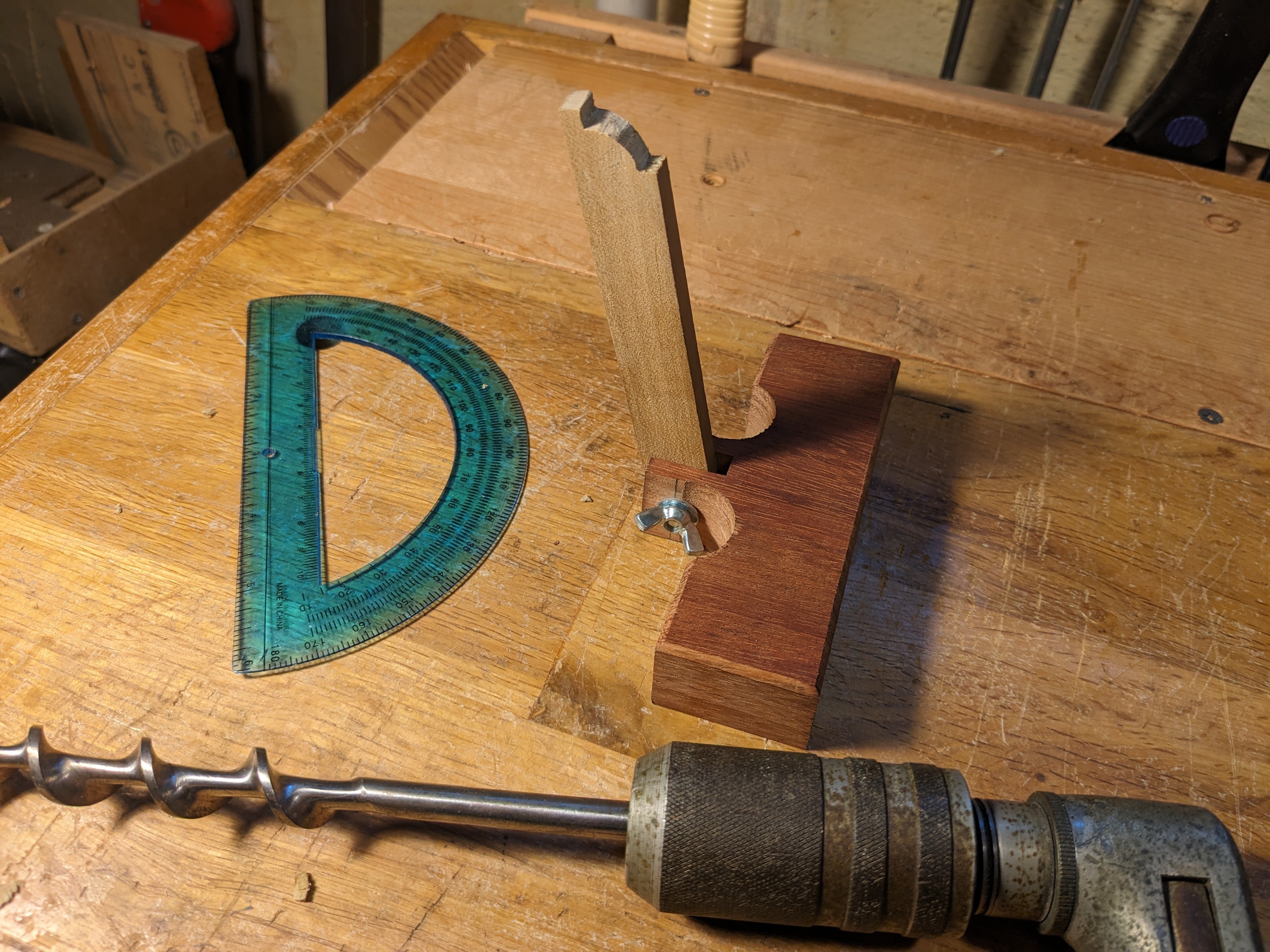This is probably your best option at this point, as long as you're okay with it ethically. It's just one command to run.
If you haven't fully move into your new installation, may I suggest installing the IOT version of Windows 11 instead? It has all the features you'd need and none of the cruft the normal consumer version has.
AMillionMonkeys
Raspberry Pi 2 or 3 (can't remember which) controlled through the TV with the remote. It's running LibreElec (Kodi) with the Jellyfin plugin. Discoverability isn't great through Kodi, but I can always use a computer or phone to find the media and cast if I need to.
Jesus christ, what is that name.
Veilguard is a 3rd person action RPG, not a CRPG. It plays like God of War or something. It has lots of DA characters and lore, though.
GrapheneOS basically matches Google’s support window
Oh, interesting. I was going to try Graphene once Google stop updating for my current hardware, but I guess it'll be Lineage instead.
Since I don't play intensive games on my phone I'm sure either would be fine. They should both be plenty responsive for non-gaming stuff. Maybe some AI features would suffer, but I haven't found a use for those yet.
I think the PC vs. console divide is relevant here. I'm not sure how advanced text entry on consoles is these days, but I imagine PCs have the advantage with keyboards. Maybe if they use voice recognition on the consoles? But AAA games usually target both, and if interacting with the model is clunky for a big chunk of your market then the big developers might not use the technology.
Of course, indie devs that only target PC can go wild.
I believe the issue is only with Tailscale Funnels. With Funnels, the data runs through TS's infrastructure so it's subject to whatever kind of bandwidth limitation they feel like enacting.
As others have said, you don't need to know how to code, but you do need to be comfortable editing structured documents, so knowing a little programming does help.
Unfortunately, Nextcloud and email are two of the most difficult things to self-host. This is by reputation, I haven't tried myself. Email is supposed to be particularly difficult and the usual advice is to not bother.
Jellyfin is pretty straight-forward as long as you don't have a weird hardware decoding setup and as long as you don't want remote access. If you do want remote access you need to use third party tools to do it securely. If it's just for your own use then Tailscale makes it really easy. If you want to share with non-technical users it gets messy.
Home Assistant can track Jellyfin playback status, so there's some kind of API there. Whether or not there's a convenient way to trigger the tasks is another question.
I went with Debian and I use Docker for containers. I considered Proxmox, but I didn't end up trying it. PiHole is a good application for the Pi Zero (I have an early generation Pi dedicated to running PiHole), but you could also run it on the Beelink.
I strongly recommend you download Obsidian and keep hyperlinked notes on everything you do and links to every tutorial/resource you end up using.
Have a place to keep all the passwords your services will end up needing. A password manager is the best option. Make the password on your admin account on Debian (or whatever) easy to remember and enter, since you'll need to sudo a lot.
If the Beelink comes with a copy of Windows installed, you can recover the key from within Linux with the following command:
sudo strings /sys/firmware/acpi/tables/MSDM
Then you have a spare Windows key should you ever need one.




I hadn't heard that, but it wouldn't surprise me. I haven't had any issues with games on my IOT install, but none of them have been Ubisoft.